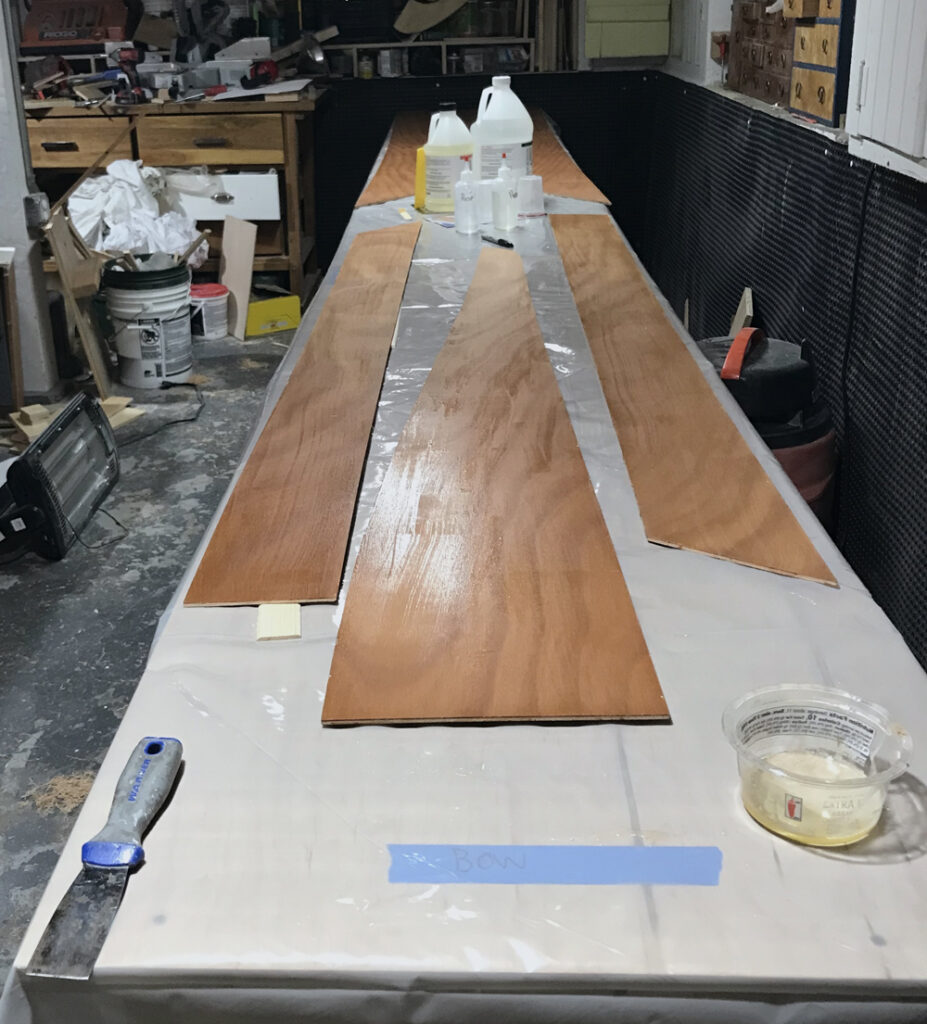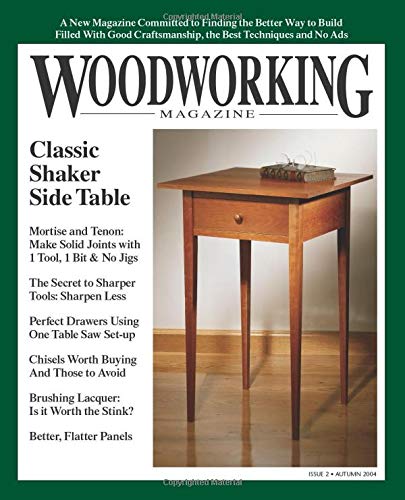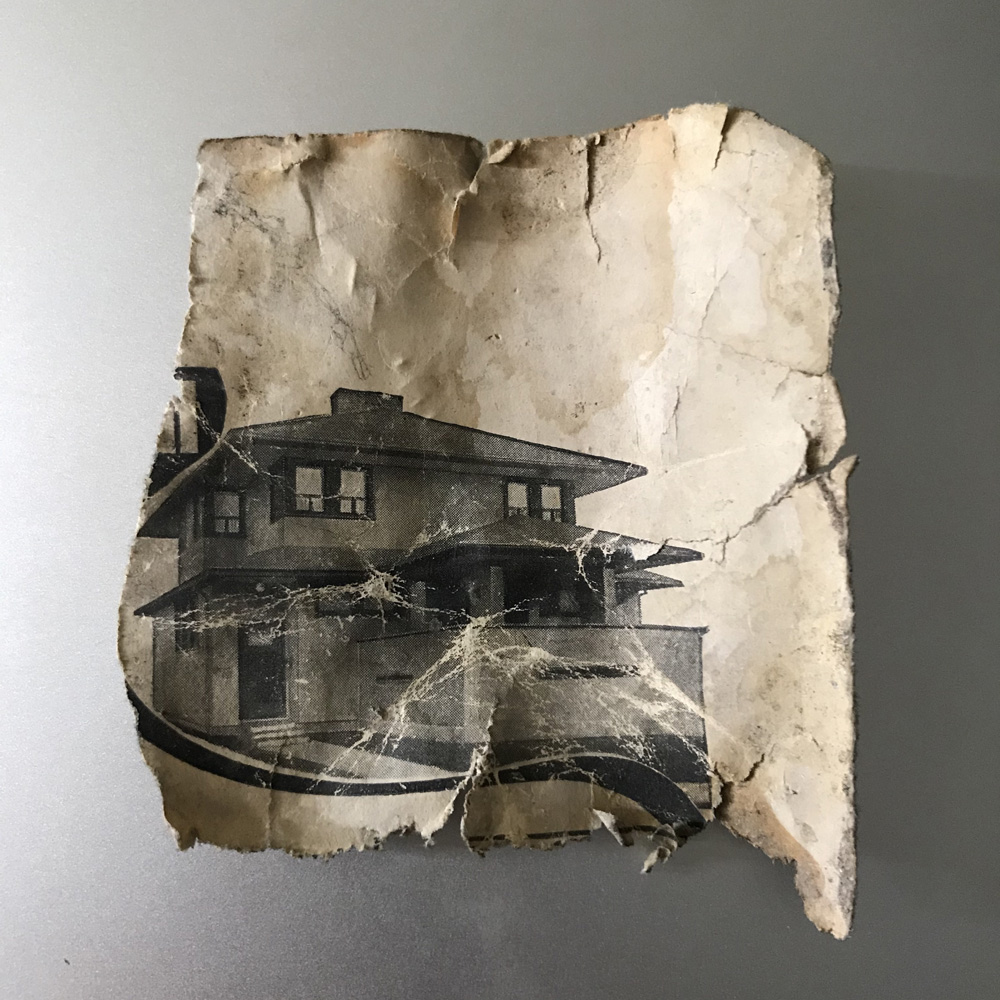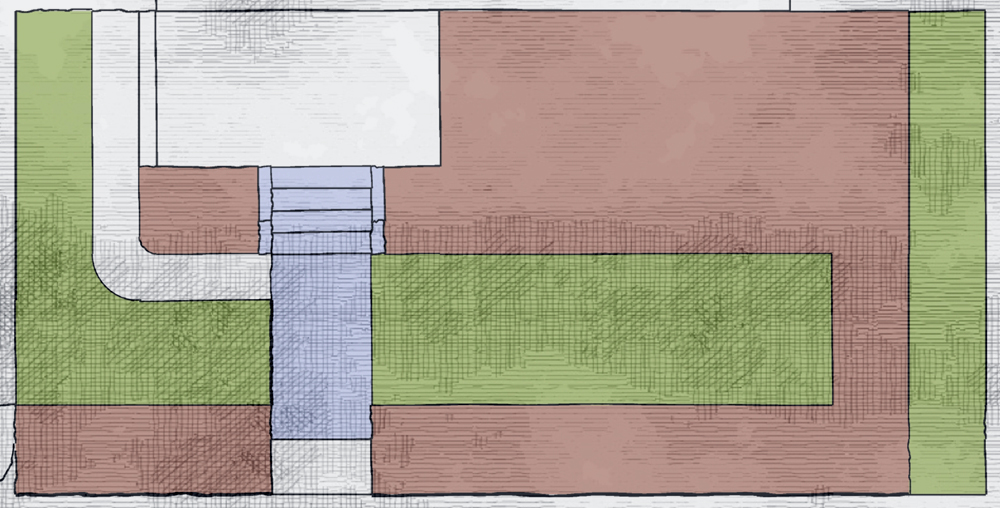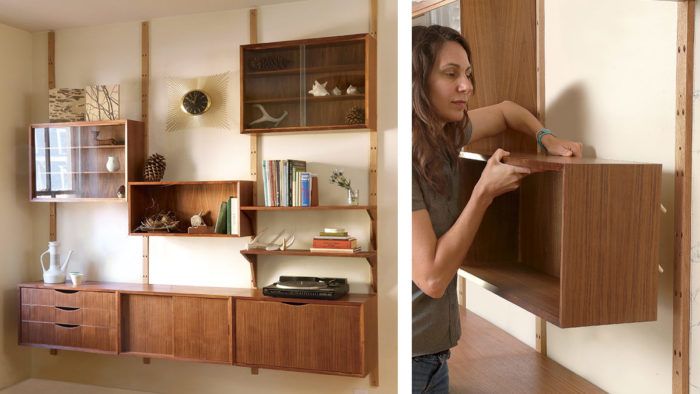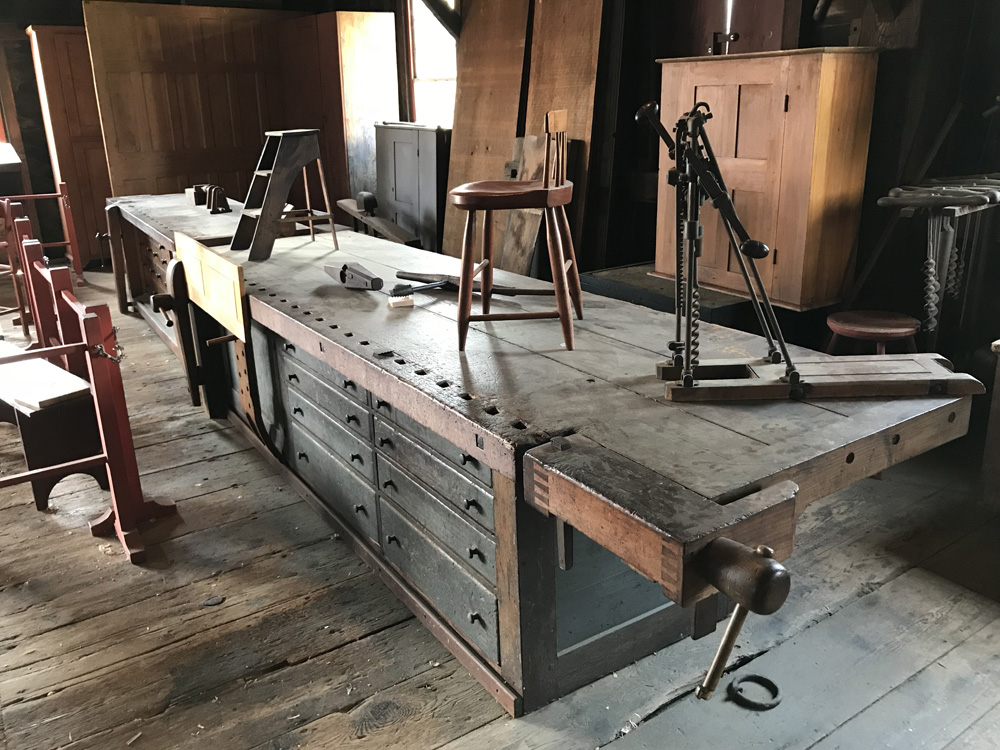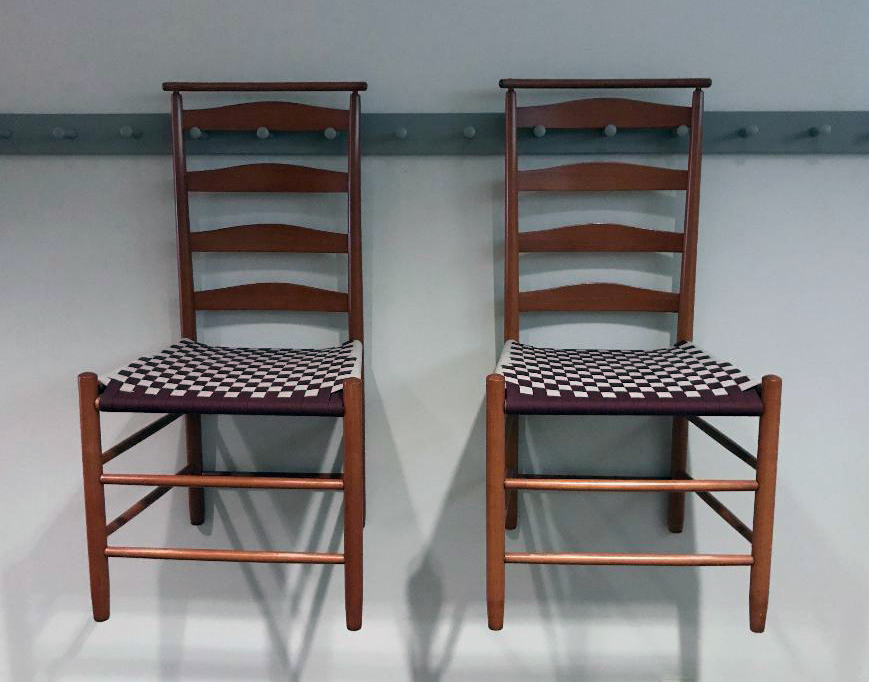
As a long-time reader of Christian Becksvoort’s work, I awaited my pre-ordered copy of Shaker Inspiration: Five Decades of Fine Craftsmanship with some anticipation. It did not disappoint. In it, Becksvoort covers three majors topics: woodworking fundamentals, the business of woodworking, and building in the Shaker style. I was most interested in the last section, but each part offers something for new and experienced woodworkers. Perhaps the most intriguing part of the fundamentals section was Becksvoort’s discussion of wood movement and the painstaking steps he takes to accommodate it in his commissions. The wide-ranging advice for making a business out of woodworking covers the pratical considerations of setting up shop as well as those activities often overlooked in such an endeavor—creating a business plan, marketing, outsourcing, etc—and offers a solid introduction, though anyone not dissuaded after reading will want to further explore the subject before taking the plunge. Readers familiar with Becksvoort’s work in Fine Woodworking will recognize many of the author’s designs featured in part three, though here they are neatly encapsulated by illustrations, pithy commentary, and measured drawings. I find Becksvoort’s signature piece, a fifteen-drawer chest, and his reinterpretation of a Hancock village shelf especially appealing. Seven reproductions and a survey of original Shaker pieces (primarily from Mt. Lebanon, Sabbathday Lake, and Hancock villages) round out the section. Shaker Inspirations is a delight to hold as well as to read, the team at Lost Art Press demonstrating its usual care and attention to book design and production. Like the Shaker work which inspired it, Shaker Inspirations pairs form and function to create a delightful whole.
Shaker Inspirations is available for purchase from Lost Art Press.

